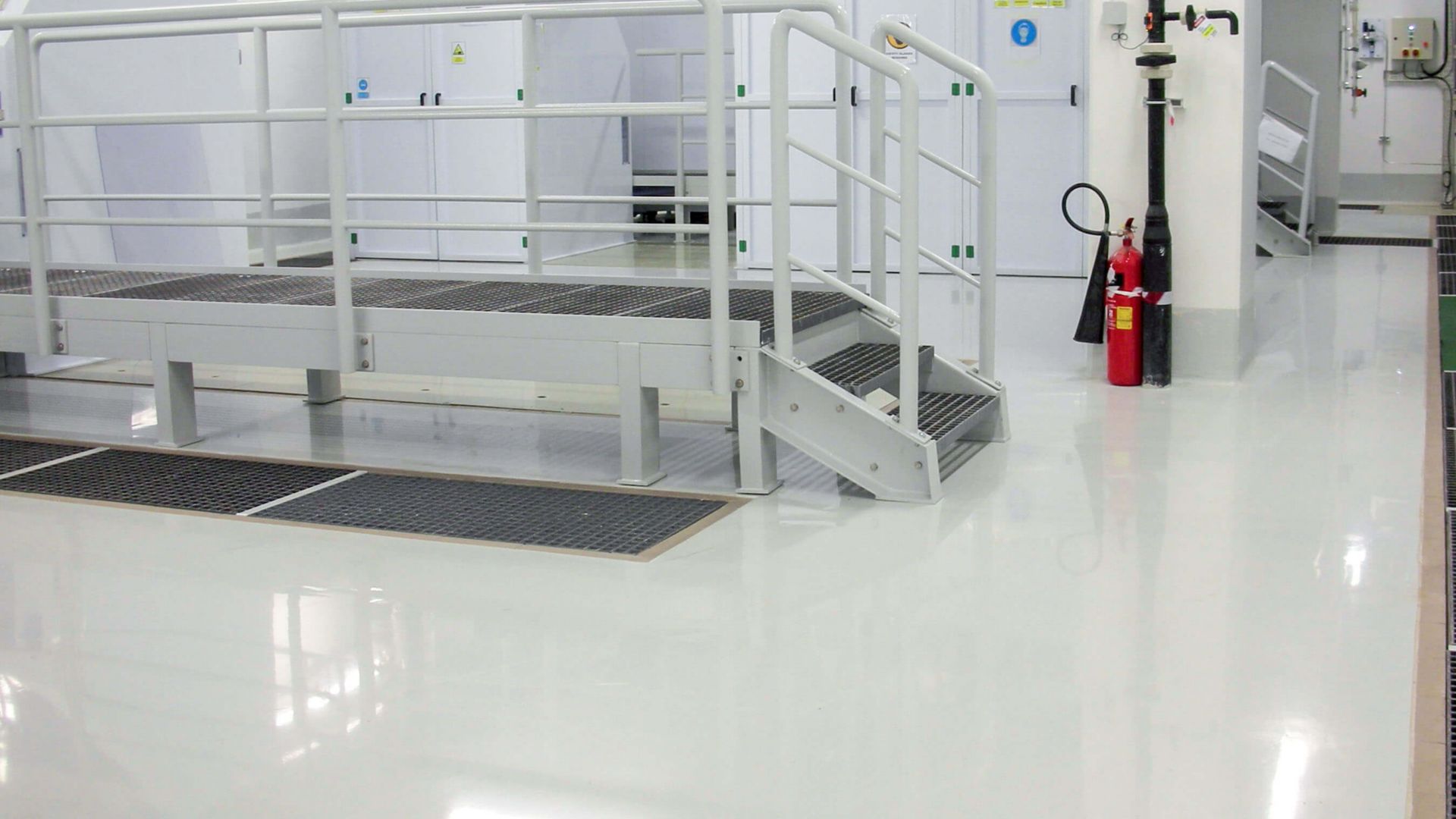06/21/2016
According to the Society for Protective Coatings (SSPC), the Portland Cement Association (PCA) and many more organizations, moisture related floor failures are responsible for over 90% of all claims totaling over $1 billion annually in damages. These issues can occur immediately after placement of new concrete or, in some cases, many years down the road.
New Concrete - When placing concrete, there is always free water (water of convenience) in concrete mixtures within w/c 0.45 or higher. Often the ratio fluctuates up to 0.7:1 to improve workability. This amounts to approximately 1700 pounds of free water in 1,000 square feet of slab area at 4 inches thick.The excess water that exits the concrete can cause a newly applied coating to delaminate or form blisters. All of which results in coating failure.
TEST METHODS TO DETERMINE MOISTURE LEVELS IN CONCRETE SUBSTRATES
To assess the moisture content of the substrate and determine if is acceptable to apply a concrete coating use one or several of the following test methods.
Pre-Test Conditioning - The substrate and occupied air space above the floor shall be at temperature and relative humidity expected under normal use conditions for a minimum of 48 hours prior to testing for moisture. If this is not possible, then the test should be conducted at 75F +/- 10F and relative humidity of 50 +/- 10%.
Moisture Meter - ASTM F2659 Standard Guide for Preliminary Evaluation of Comparative Moisture Condition of Concrete, Gypsum Cement and Other Floor Slabs and Screeds Using a Non-Destructive Electronic Moisture Meter. The test can get an instant and precise evaluation of the moisture conditions within 1.0” below the surface of the slab. This is done by using the Tramex® CME/CMExpert that gives a measurement of % moisture content by weight. A moisture map of the entire substrate can be recorded.
Calcium Chloride - ASTM F1869 Standard Test Method for Measuring Moisture Vapor Emission Rate of Concrete Subfloors Using Anhydrous Calcium Chloride. The Calcium Chloride test involves placing a dish of calcium chloride covered by a plastic dome (adhered to the concrete) on the concrete and allowing the dish to remain in place between 60-72 hours. The calcium chloride absorbs any moisture vapor that transmits through the concrete within the plastic dome. The results of a calcium chloride test measures the amount of moisture absorbed and results are stated in pounds per 1,000 ft2
Relative Humidity - ASTM F2170 – Standard Test Method for Determining Relative Humidity in Concrete Floor Slabs Using In-situ Probes. The Relative Humidity (RH) tests involves drilling holes into the cured concrete and stabilizing for at least 72 hours prior to placing probes in the concrete and reading the results with a hygrometer.
Relative Humidity - ASTM F2420 – Determining Relative Humidity on the Surface of Concrete Floor Slabs Using Relative Humidity Probe Measurement and Insulated Hood. This test method involves placing a purposely-made, thermally insulated hood onto the surface of a concrete slab thereby creating an entrapped and impervious air pocket.
Plastic Sheet Method - ASTM D4263 – Standard Test Method for Indicating Moisture in Concrete by the Plastic Sheet Method. The Plastic Sheet Method involves taping a 24” x 24” piece of plastic on the concrete and allowing the plastic to remain in place for 18 - 24 hours to determine if any moisture has accumulated under the plastic when it is removed.
Always consult the Sika Product Data Sheets, Method Statements or contact Sika Technical Services for recommendations and procedures for testing.

